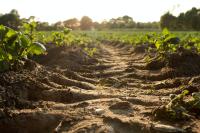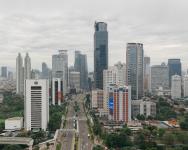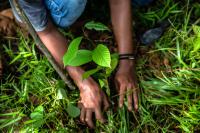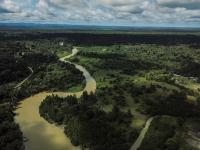Resources
752 Resources for
December 5, 2023
Healthy soil for more nutritious food and healthier planet

November 24, 2023
4 Actions Vulnerable Countries Need from COP28
November 24, 2023
Benchmarks for Success for COP28
November 24, 2023
What Is the "Global Stocktake" and How Can It Accelerate Climate Action?
October 10, 2023
Muda Melangkah: Weaving Hope for the Earth

September 5, 2023
7 Things to Know About Jakarta’s Air Pollution Crisis





